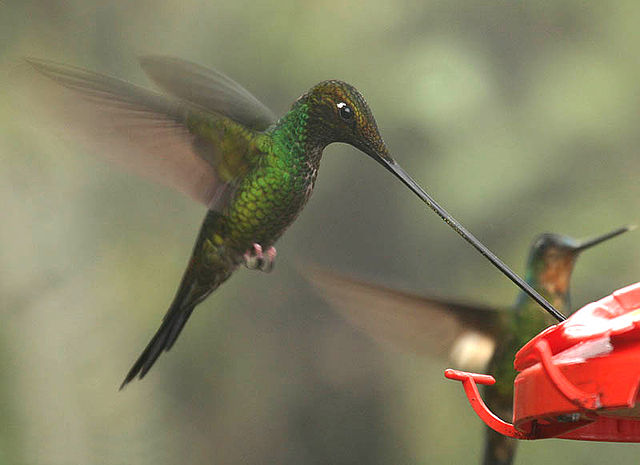Passiflora caerulea, the blue passionflower, bluecrown passionflower or common passion flower, is a species of flowering plant native to South America. It has been introduced elsewhere. It is a vigorous, deciduous or semi-evergreen tendril vine growing to 10 m (33 ft) or more. Its leaves are palmate, and its fragrant flowers are blue-white with a prominent fringe of coronal filaments in bands of blue, white, yellow, and brown. The ovoid orange fruit, growing to 6 cm (2 in), is edible, but is variously described as having a bland, undesirable, or insipid taste. In South America, the plant is known for its medicinal properties, and is used by both the Toba and the Maka peoples.
Image: Passiflora caerulea (2019 06 24) frontal view
Image: Passiflora caerulea (2005 10 08) vrucht open (2)
Passiflora caerulea flower
White flowered cultivar Passiflora caerulea 'Constance Elliott'
Passiflora, known also as the passion flowers or passion vines, is a genus of about 550 species of flowering plants, the type genus of the family Passifloraceae.
Image: OQ Passion flower
Image: Parcha granadilla
Stinking passion flower or Wild water lemon (P. foetida) bracts with insect-catching hairs.
The sword-billed hummingbird (Ensifera ensifera) is adapted to feed on Passiflora mixta and similar flowers.








